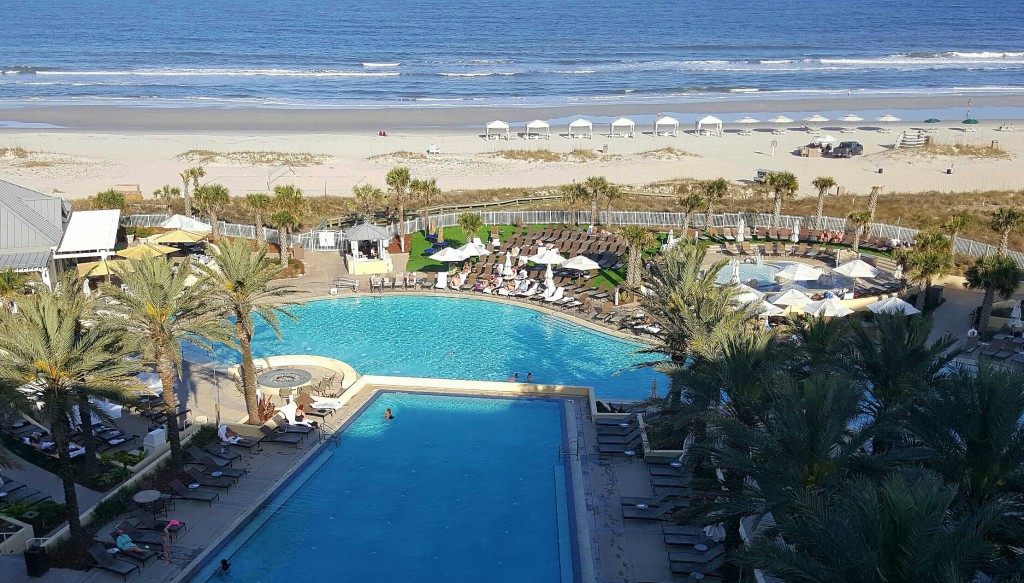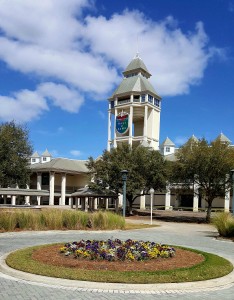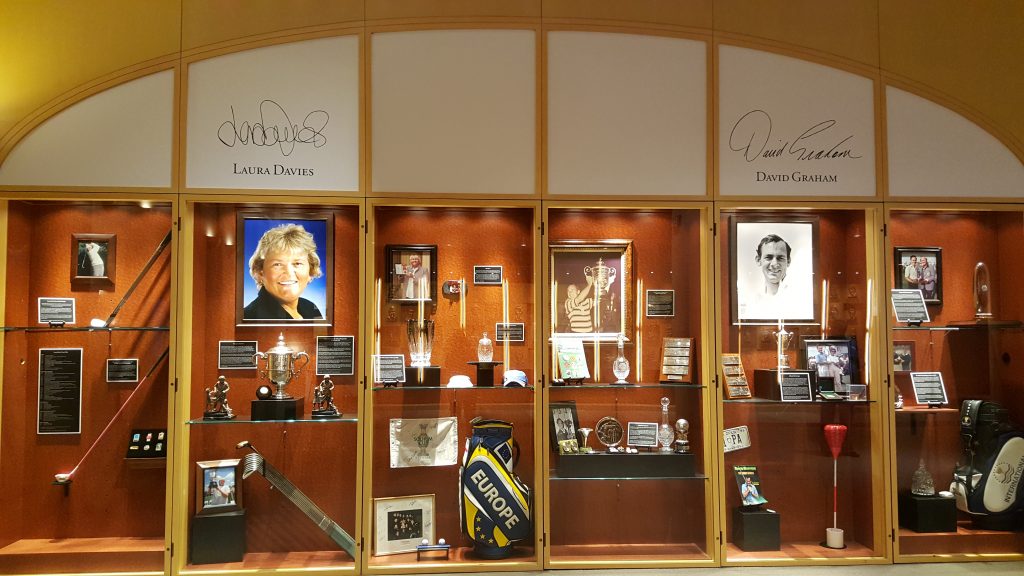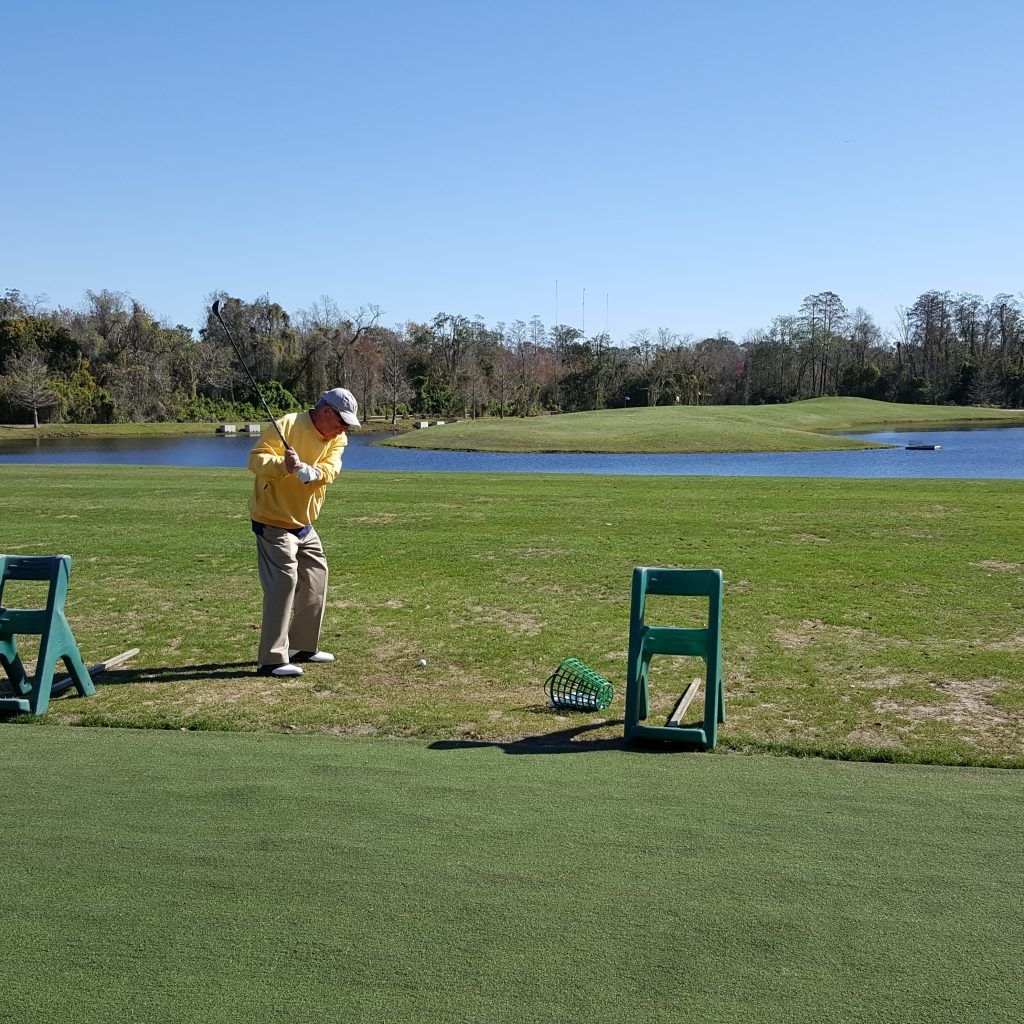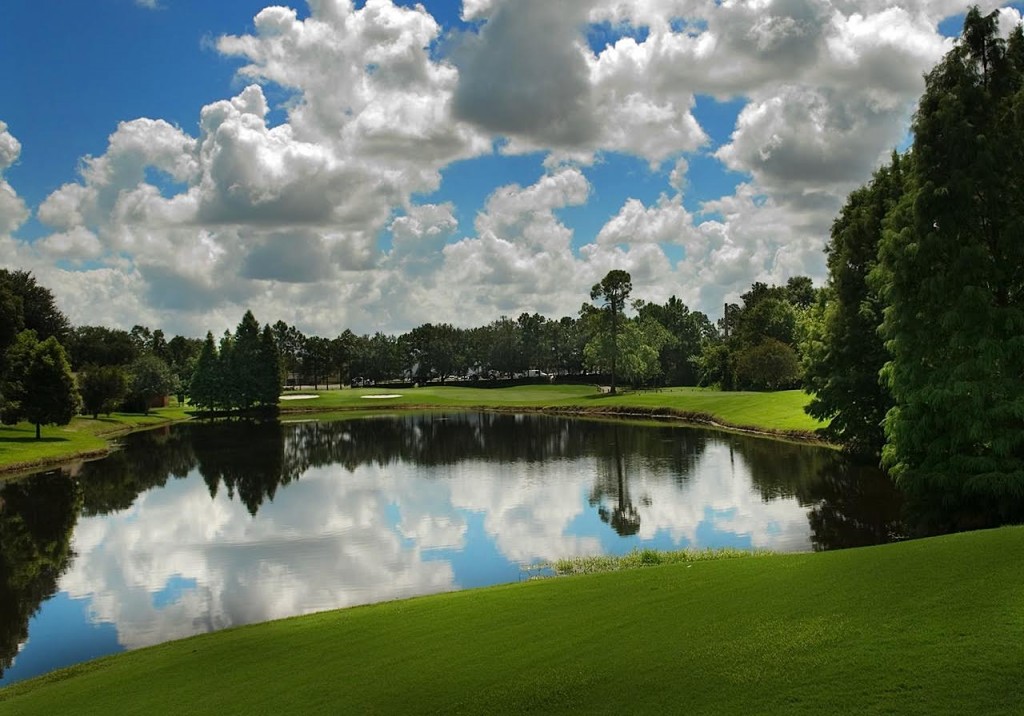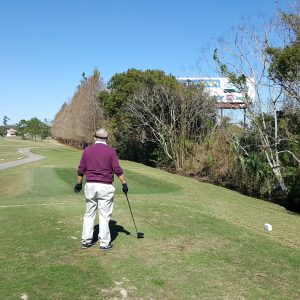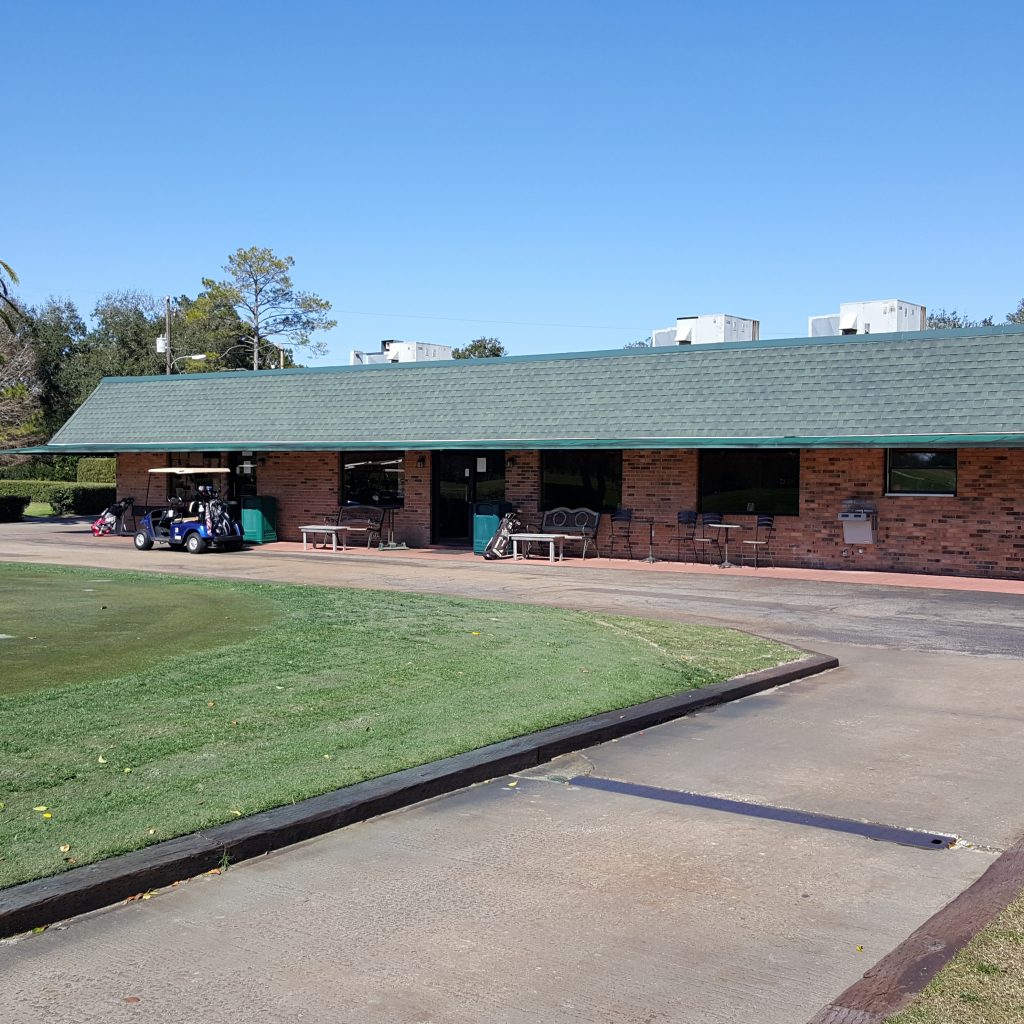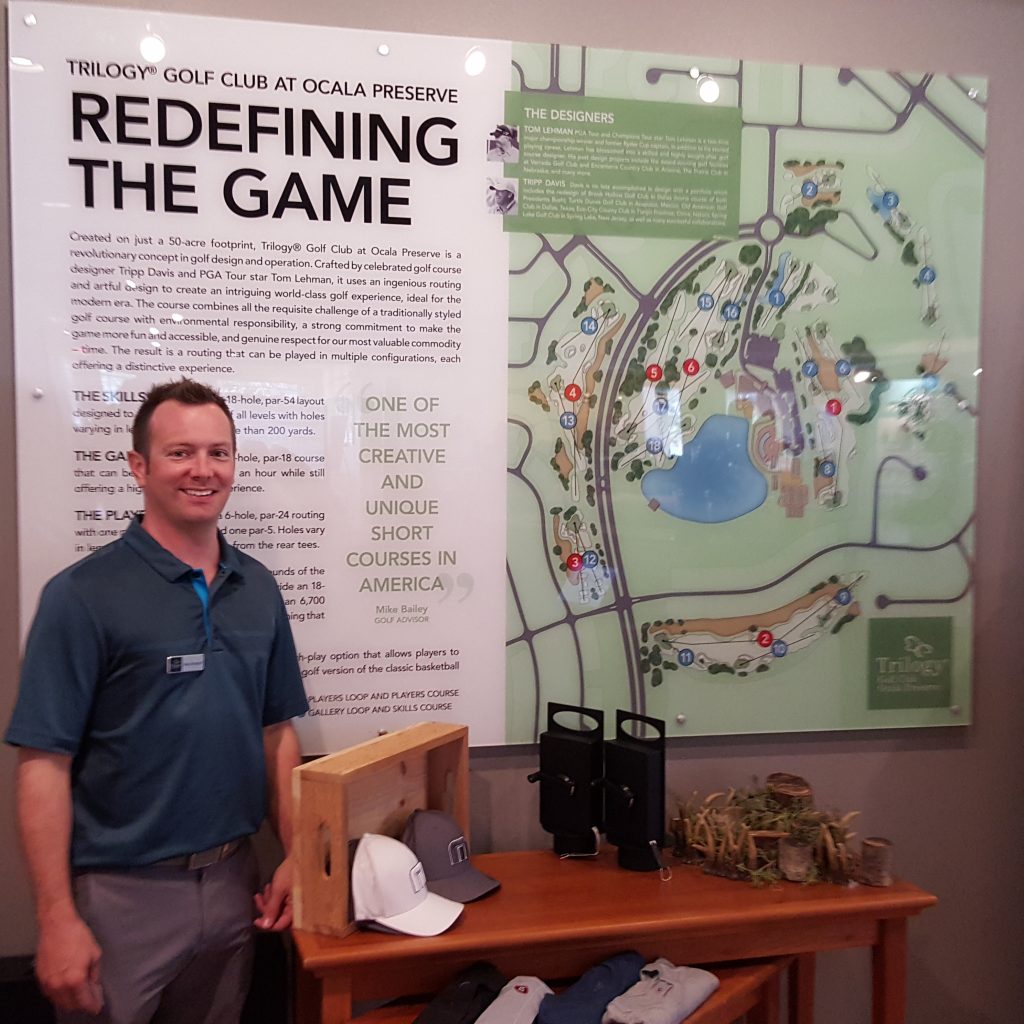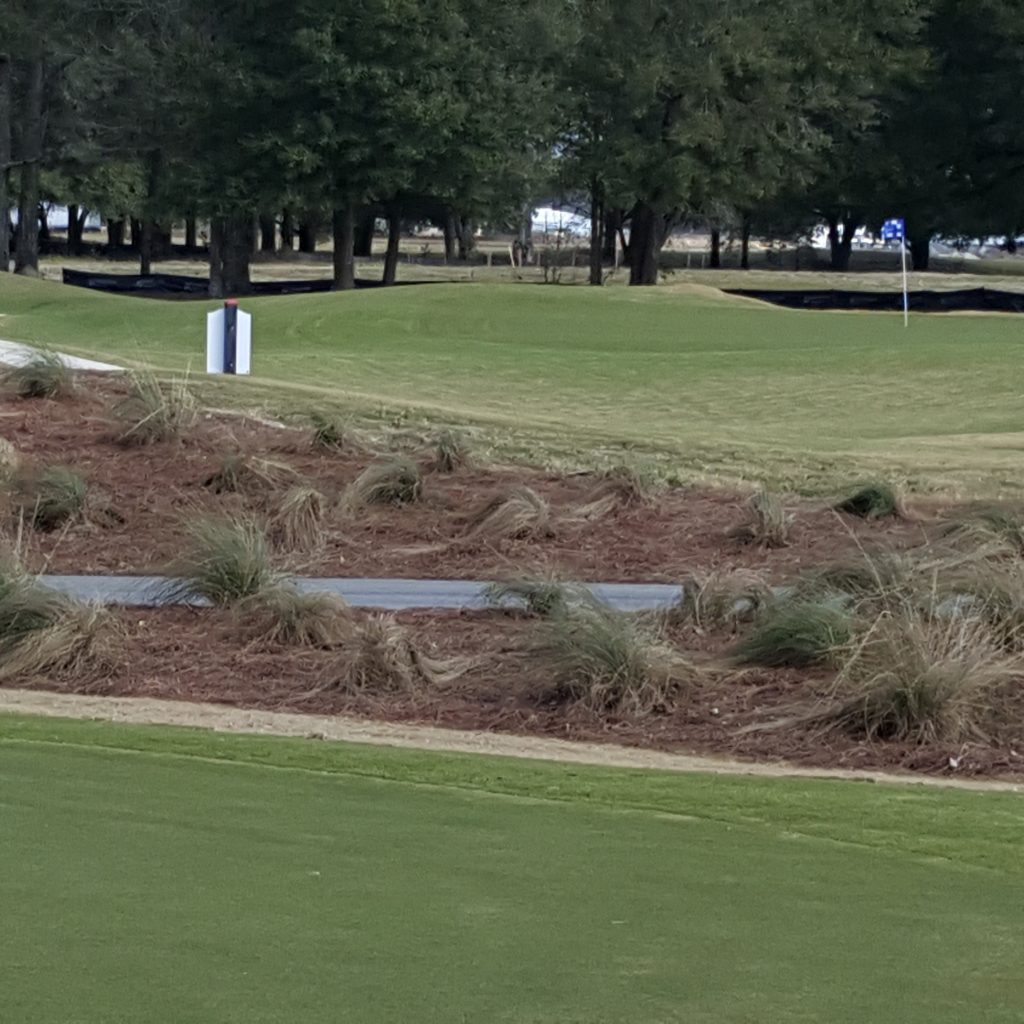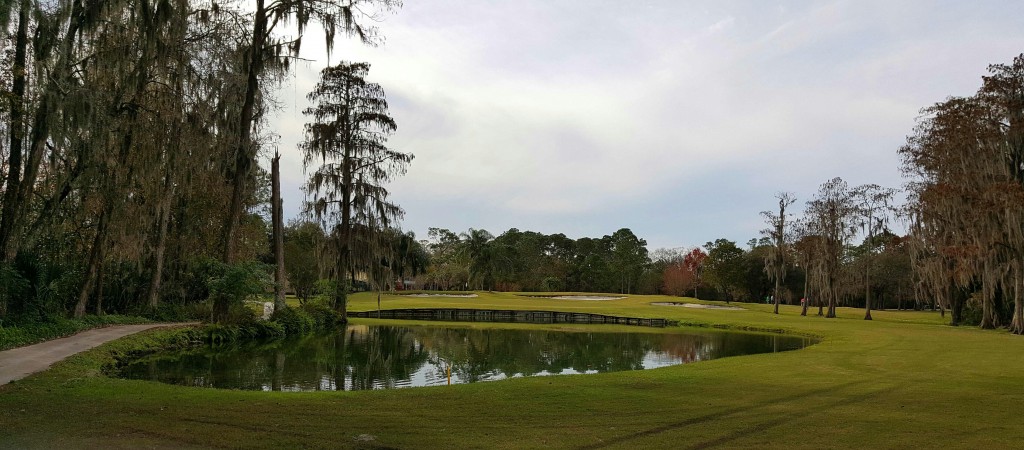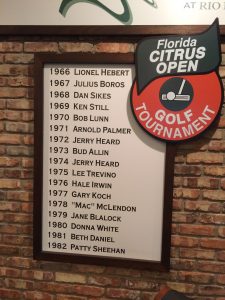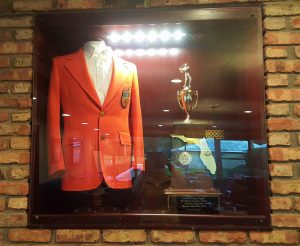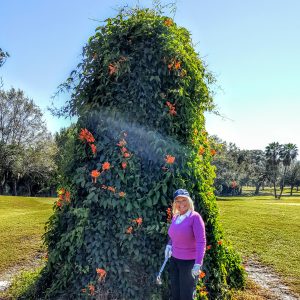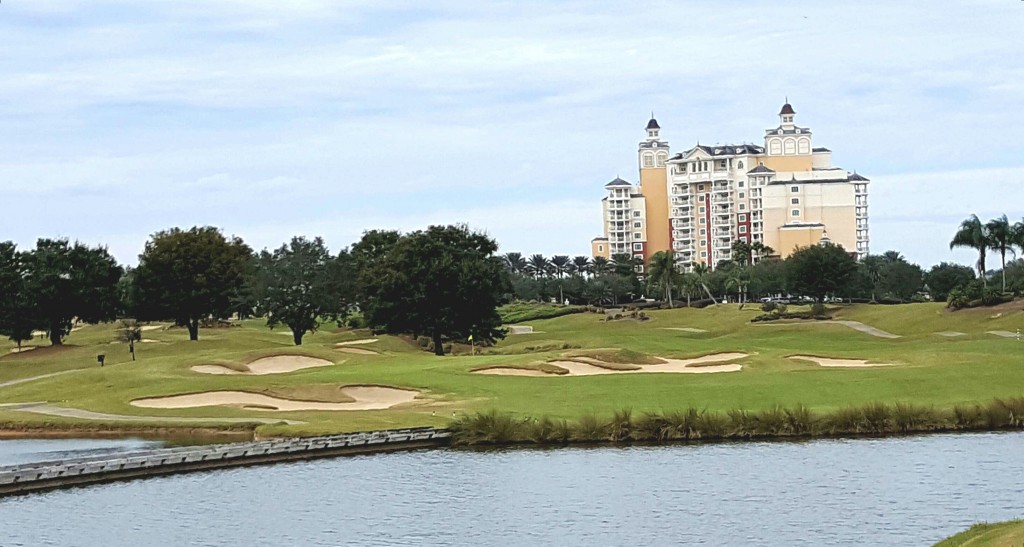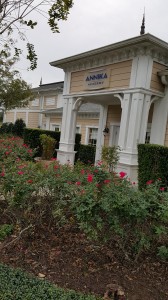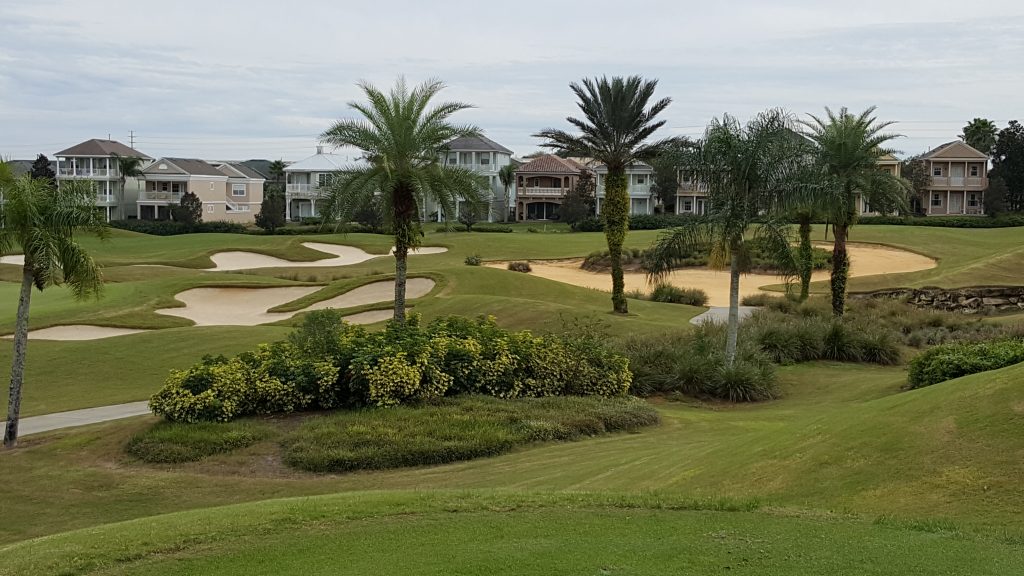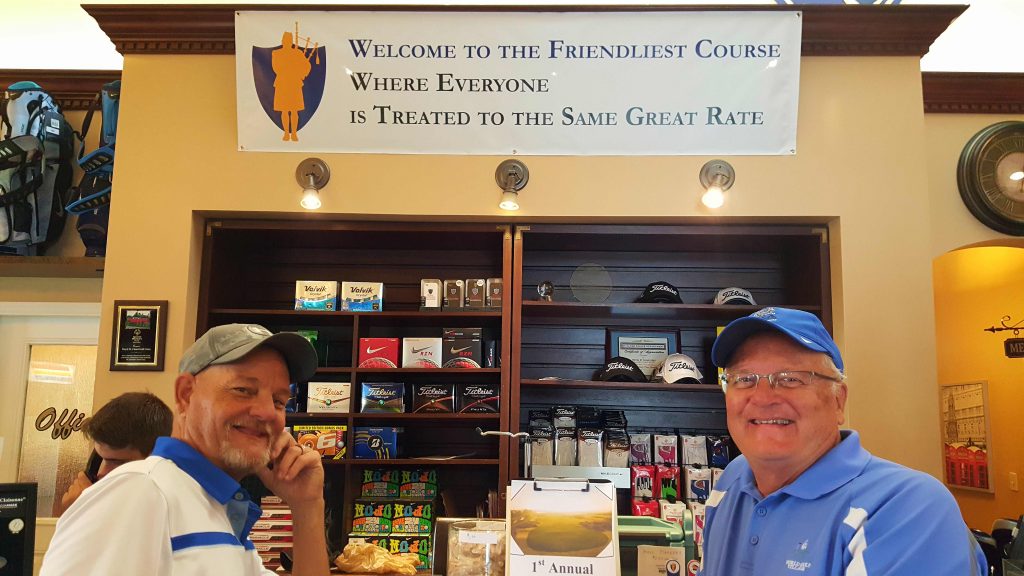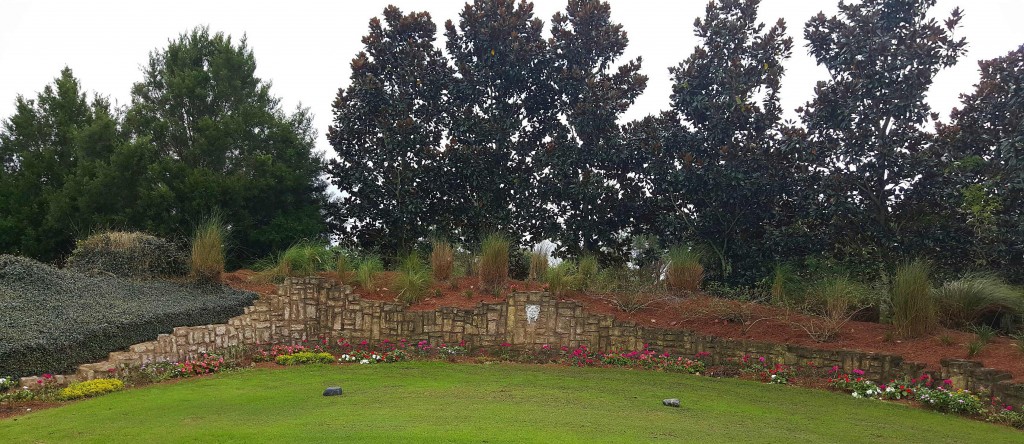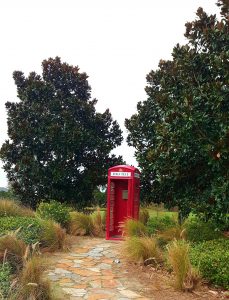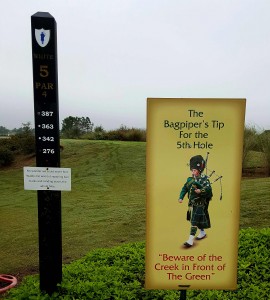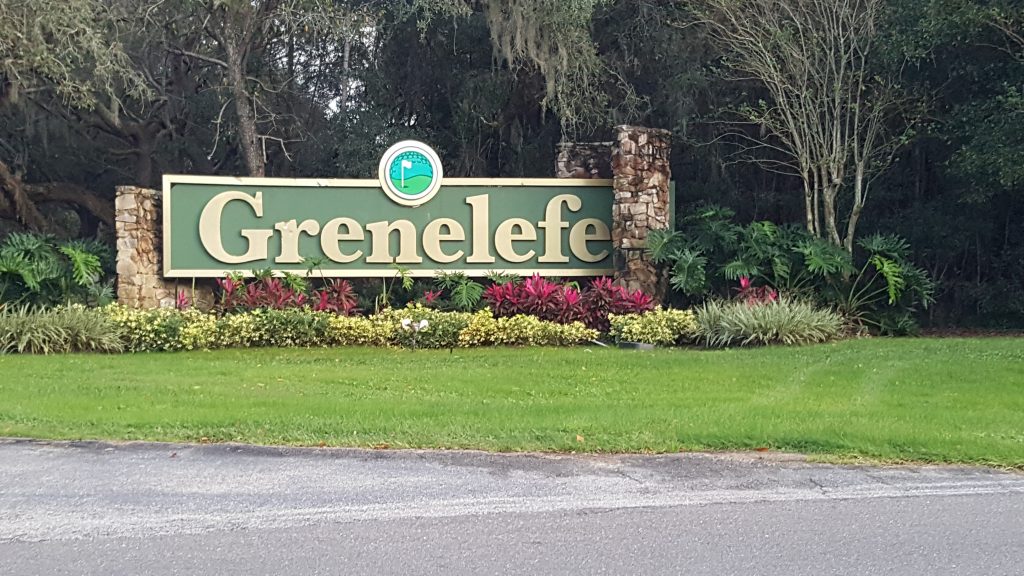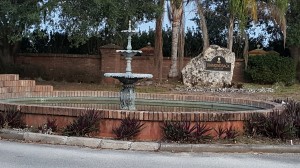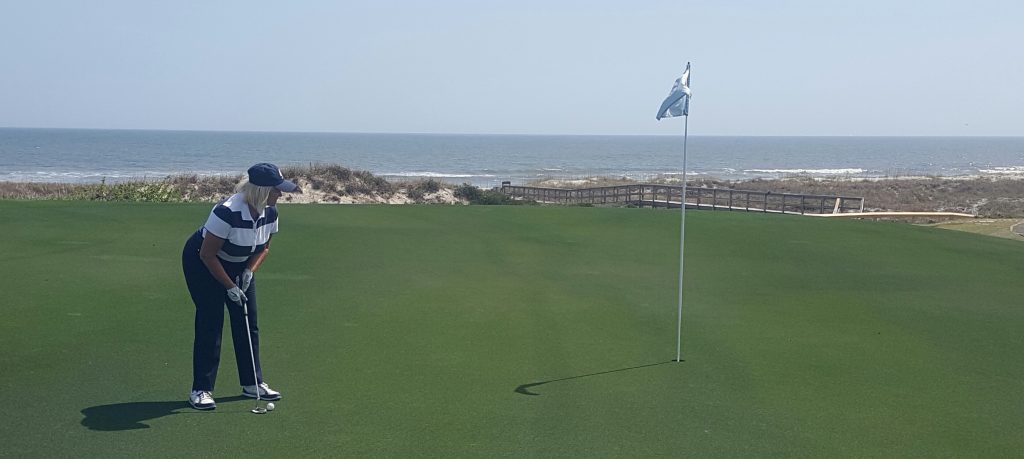
 AMELIA ISLAND, Florida – Located in the northeastern most corner of Florida, Amelia Island isn’t the easiest place to find and it isn’t all that big, either – just 18 square miles.
AMELIA ISLAND, Florida – Located in the northeastern most corner of Florida, Amelia Island isn’t the easiest place to find and it isn’t all that big, either – just 18 square miles.
When it comes to golf, however, Amelia Island is clearly in the big time. It has 117 holes, seven of which play along the Atlantic Ocean, but the heart of the golf community here is at the Omni Amelia Island Plantation Resort. It contains 54 of those holes.
If you’re a golfer who craves ocean views, this is a good place to visit. We’ve visited several courses with ocean in their names on both the east and west coasts of the United States, and with most it’s only a token reference. Not so with Ocean Links, one of the three 18-holers at Omni Amelia Island Plantation. It has five holes on the water. Four run parallel to the Atlantic shoreline and No. 15, a par-3, has a spectacular backdrop of the ocean from behind the green.
Omni took over ownership of the Amelia Island Plantation Resort in 2011 and made some costly improvements. They included sprucing up of some of the best-established courses in the area. All the greens were redone and new irrigation systems were installed on 27 of the holes
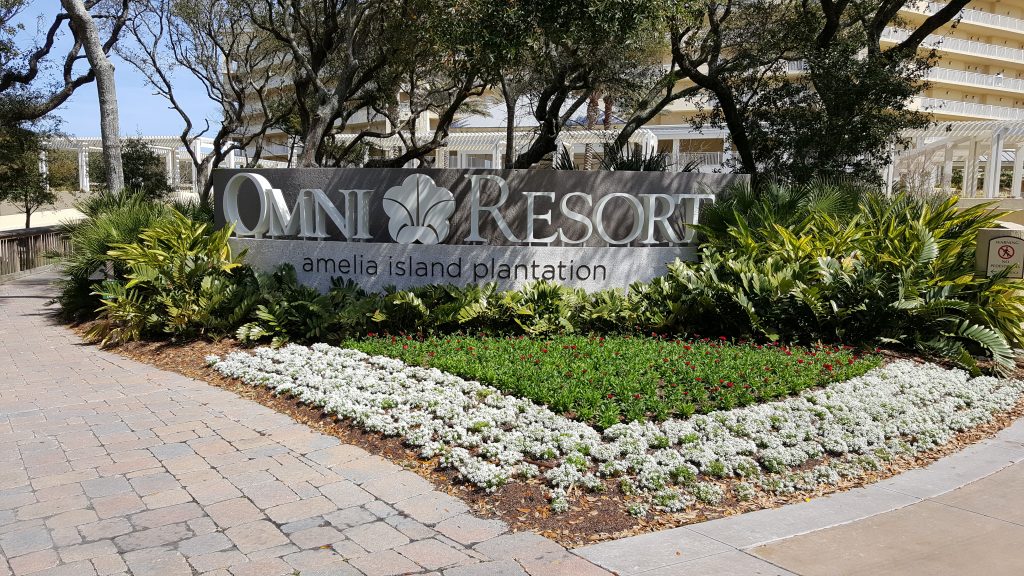
The resort opened in 1974 with 27 holes, all designed by legendary architect Pete Dye. One of his protégés, Bobby Weed, got involved two decades later when 18 of the original holes were designated for the Oak Marsh course.
Weed tweaked the other nine and designed a fourth nine, and those 18 holes became the Ocean Links course with Weed the architect of record. The third course, designed by Tom Fazio and opened in 1987, is Long Point. It’s the members course but resort guests can also gain access to it. All three courses were used when The Golf Channel staged Big Break Florida with 12 female contestants in the fall of 2013. (The show aired the following spring).
Dye returned to give Oak Marsh an updating after it passed the 30-year mark and it’s been included in Golf Digest’s Top 75 Resort Courses in the U.S. and Travel & Leisure Golf’s listing of Florida’s 50 Finest Courses.
Not one to dwell on the magazine rankings, I was most intrigued by Ocean Links. In addition to the array of ocean holes, it has an unusual composition – six par-3s, eight par-4s and four par-5s. Its length – only 6,108 yards from the tips – is deceiving. Ocean Links has its tight spots and elevated greens and doesn’t play like your typical short course.
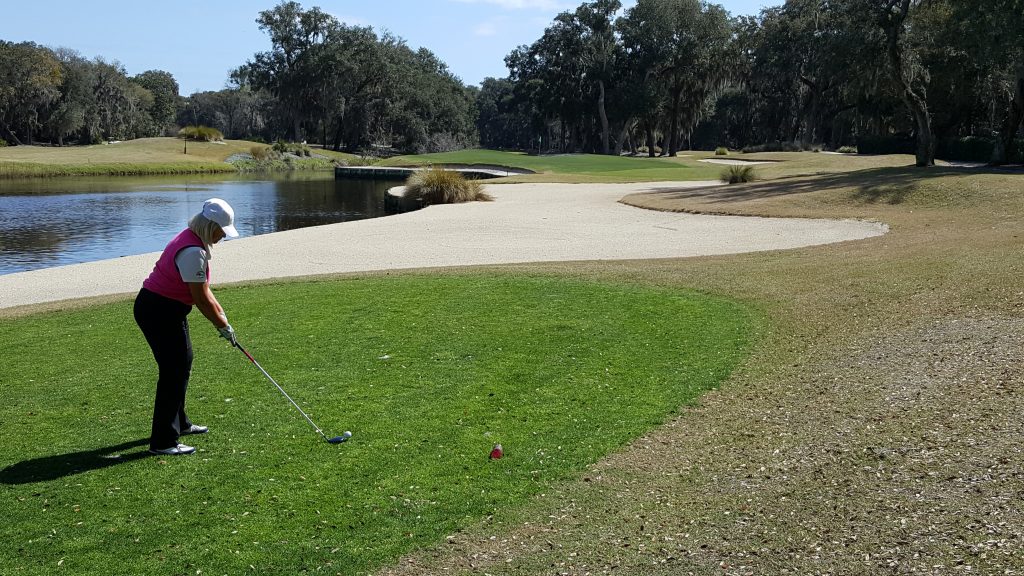
The holes meander along the ocean, through lagoons and wetlands and into some of the residential neighborhoods. While walking is no problem at Oak Marsh, it wouldn’t work at Ocean Links because there’s too much distance between the greens and tees in many places.
Still, the course has a couple of interesting tidbits in its history. Golf for Women magazine has named it one of the 50 Best Courses for Women and one of the holes-in-one produced there came from a helpful contact – Golf Channel personality Matt Ginella. He made his first career ace on the 15th.
Weed’s role with the course extends beyond being a Dye protégé. He also spent time as its superintendent in addition to his design work. That also includes the creation of Slammer & Squire at World Golf Village in nearby St. Augustine. Weed has also been involved in the creation of four of the Tournament Players Club layouts.
Golf at Amelia isn’t all at the Omni resort. The Fernandina Beach Golf Club has 27 holes and is one of the country’s most popular municipal courses and at least two others on the island – Amelia River and Golf Club of Amelia Island – also merit mention.
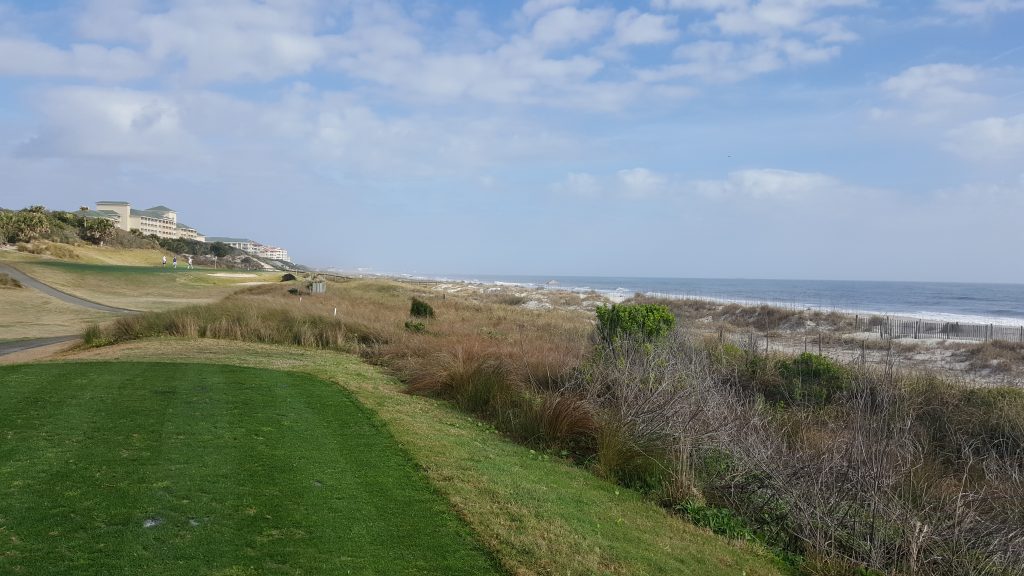
Amelia Island isn’t all about golf, either. In fact, it’s a most interesting place from an historical perspective – though of not quite the magnitude of St. Augustine, long billed as America’s Oldest City. Amelia is almost as old, dating back to 1562 when Frenchman Jean Ribault raised the first flag there. Amelia Island is the only place in America where eight different flags have flown – those of France, Spain, Great Britain, the Patriots of Amelia Island, the Green Cross Flag, Mexico, the National Flag of the Confederacy and, of course, the banner of the U.S.
The U.S. flag went up in 1821 and that prompted a building boom that included two elegant hotels. They in turn led to such prominent families as the Vanderbilts, DuPonts and Carnegies being among the visitors. In later years the modern shrimping industry was founded on Amelia Island.
For now, though, Amelia Island draws visitors because of its 50-block area of downtown Fernandina Beach, which is listed in the National Register of Historic Places; its delightful weather and beautiful beaches. And, of course, it doesn’t hurt that the golf is so good here as well.
